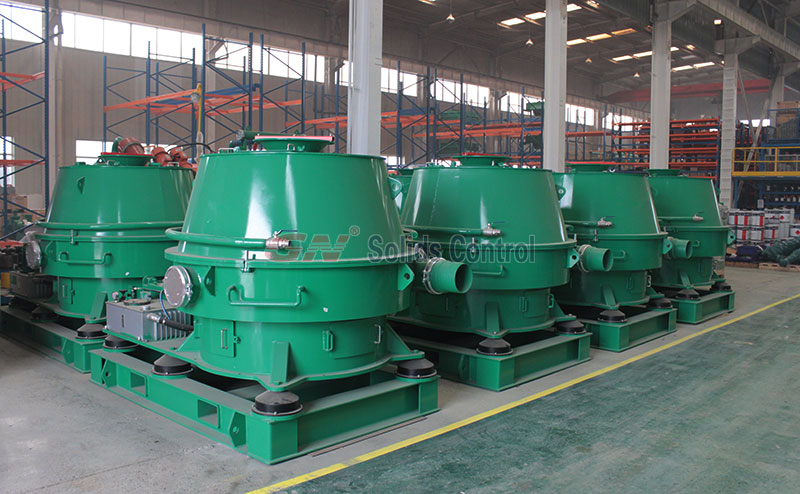It is well known that oil-based mud is often used for drilling in shale gas drilling projects. The properties of the oil-based mud also determine that the oil-based drill cuttings are often much more difficult to handle than water-based cuttings and the cost is much higher. At this time, customers often choose to focus on oil-based drill cuttings.

Here we briefly introduce the application of the GN cuttings dryer to oil-based drill cuttings.
In the first step, the drill cuttings processed by solid-phase control equipment such as drilling fluid vibrating screens, de-sanders, and drilling fluid desilters are discharged into the cuttings box for unified collection during the drilling process, and the rock is lifted by a lift-swiveling forklift. Chip boxes loaded into the transport truck.
In the second step, according to the preset commuting route, the trucks will use the forklift trucks placed in trucks and transport them to the oil-based drill cuttings drying treatment plant.
In the third step, the oil-based drill cuttings are lifted and lifted by a rotary forklift to raise the cuttings box to the elevated funnel to dump the cuttings. The cuttings enter the elevated funnel and flow to the screw conveyor track, which can be adjusted by spirals. The conveyor controls the flow of cuttings and sends the cuttings evenly into the drill cuttings dryer. After the first treatment, the liquid phase is recovered by the liquid collection tank and stored in a primary treatment liquid collection tank.
In the fourth step, the solid waste is transported to the debris box through the screw conveyor at the bottom of the dryer for subsequent processing. The liquid phase after primary treatment is pumped into the high-speed mud centrifuge for secondary treatment via the screw pump on the collection tank, and the waste discharged from the mud outlet is collected in the cuttings box for treatment, and the liquid discharged from the discharge pipe of the centrifuge is discharged. The phase is a clean, recyclable white oil that is stored in a secondary treatment liquid collection tank.
Finally, the solid phases discharged from the spin dryer and the centrifuge are all stored in special debris boxes. After being collectively collected, they are loaded into trucks by lifting and rotating forklift trucks and transported by trucks to incineration plants, brick factories, cement plants, etc. Waste-producing manufacturers perform the final waste utilization or detoxification treatment.